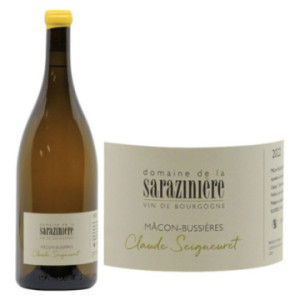
Mâcon Bussières Vieilles Vignes "Cuvée Cl.... 2022
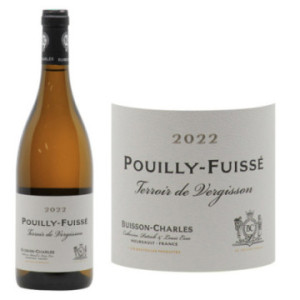
Pouilly-Fuissé "Terroir de Vergisson" 2022

Pouilly-Fuissé "Pierrefolle" 2021
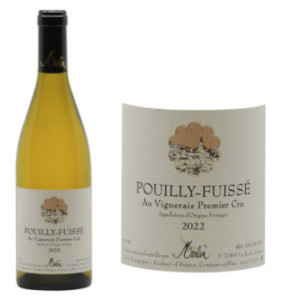
Pouilly-Fuissé 1er Cru Au Vignerais 2022

Pouilly-Fuissé 1er Cru Sur La Roche 2022

Pouilly-Fuissé "Pierrefolle" 2021
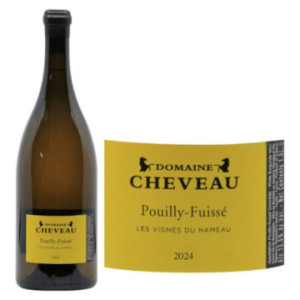
Pouilly-Fuissé "Les Vignes du Hameau" 2024

-
92
Pouilly-Fuissé 1er Cru Au Vignerais 2021

Pouilly-Fuissé "Les Birbettes" 2021

Pouilly-Fuissé 1er Cru Vers Cras 2023

Pouilly-Fuissé "Les Birbettes" 2021
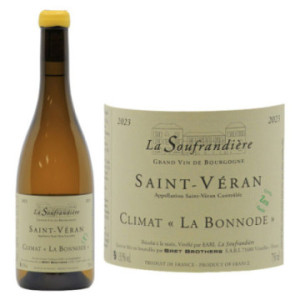
Saint-Véran "La Bonnode" 2023
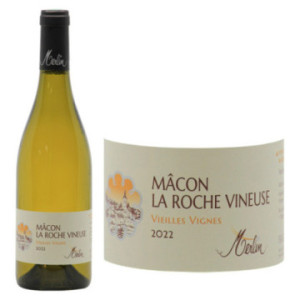
Mâcon La Roche Vineuse Blanc 'Vieilles... 2022
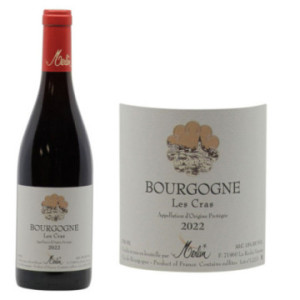
Bourgogne Pinot Noir "Les Cras" 2022

Saint-Véran "Le Grand Bussière" 2022

Pouilly-Fuissé 1er Cru En France "Clos de... 2022
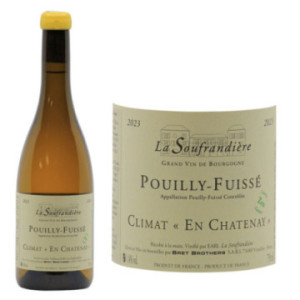
Pouilly-Fuissé "En Chatenay" Zen 2023
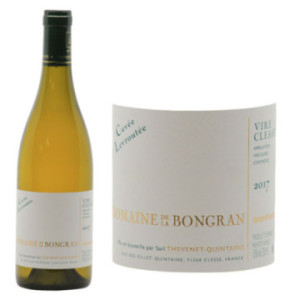
-
95
-
Viré-Clessé "Cuvée Levroutée" 2017
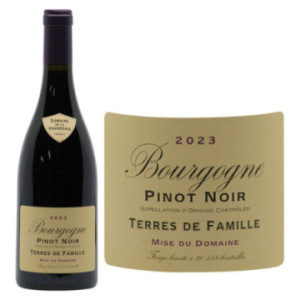
Bourgogne Pinot Noir "Terres de Famille" 2023
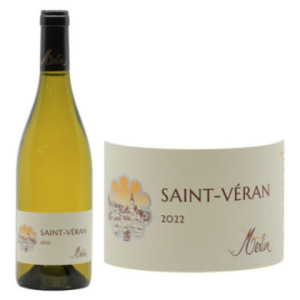
Saint-Véran 2022

Pouilly-Fuissé "VII" 2022

-
90
Mâcon La Roche Vineuse Blanc 'Vieilles... 2020
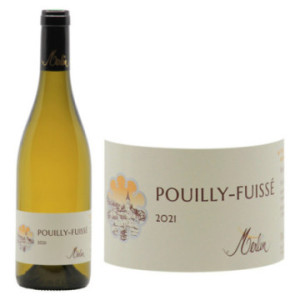
-
92
Pouilly-Fuissé 2021

Saint-Véran 2022

Pouilly-Fuissé "En Chatenay" Zen 2022

-
92
Saint-Véran "La Côte-Rotie" 2020
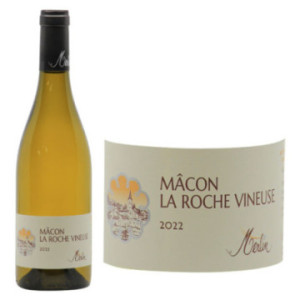
Mâcon La Roche Vineuse Blanc 2022
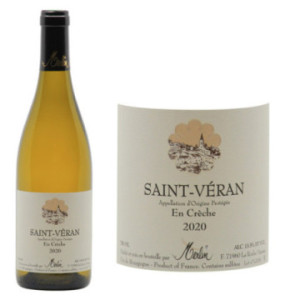
-
90
Saint-Véran "En Crèche" 2020
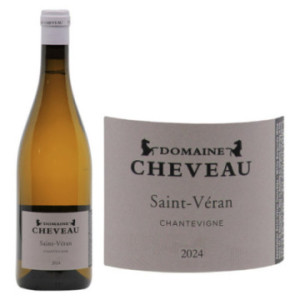
Saint-Véran "Chantevigne" 2024

Pouilly-Fuissé "Terroir de Vergisson" 2023
What is Mâconnais and Why is it Unique?
Located in southern Burgundy, between Côte Chalonnaise and Beaujolais, Mâconnais is a wine region renowned for its white wines made from Chardonnay. Its sunnier climate and varied soils, composed of limestone, clay, and schist, allow for the production of generous, fruity, and accessible wines. Mâconnais stands out for its open and charming style, contrasting with the more structured whites of northern Burgundy.
Which Grapes Are Grown in Mâconnais?
Mâconnais is the kingdom of Chardonnay, which dominates the vineyards and produces expressive white wines with aromas of white fruits, citrus, and flowers. Gamay is also present, producing light and juicy red wines, while Pinot Noir is cultivated in smaller quantities.
What Are the Different Appellations of Mâconnais?
Mâconnais is structured into several key appellations:
- Mâcon: A regional appellation covering the entire vineyard, producing white, red, and rosé wines.
- Mâcon + village name: Certain villages have their own designation, such as Mâcon-Uchizy or Mâcon-Lugny, highlighting their specific terroir.
- Viré-Clessé: A village appellation exclusively dedicated to white wines, offering rich and elegant Chardonnays.
- Saint-Véran: A neighbor of Pouilly-Fuissé, this appellation produces complex white wines often compared to those of Côte de Beaune.
- Pouilly-Fuissé, Pouilly-Loché, and Pouilly-Vinzelles: These prestigious Mâconnais appellations produce powerful and mineral-driven white wines with excellent aging potential.
How to Pair Mâconnais Wines with Food?
The white wines of Mâconnais, fresh and fruity, pair perfectly with seafood, grilled fish, creamy poultry dishes, and goat cheese. The red wines, made from Gamay or Pinot Noir, complement charcuterie, white meats, and simple regional dishes.
Why Are Mâconnais Wines So Popular Among Wine Enthusiasts?
Mâconnais wines are appreciated for their accessibility and excellent value for money. More affordable than those from Côte d’Or, they offer an authentic expression of Chardonnay, with ripe fruit and a generous profile. Mâconnais is an ideal entry point for discovering Burgundy’s great white wines.
What Is the Aging Potential of Mâconnais Wines?
The Mâcon and Saint-Véran wines are best enjoyed young, within 2 to 5 years, to preserve their aromatic freshness. The Pouilly-Fuissé and Viré-Clessé wines, from more complex terroirs, can evolve for 8 to 12 years, developing notes of honey and dried fruits.
Where to Buy High-Quality Mâconnais Wines?
To enjoy the finest Mâconnais wines, it is advisable to turn to specialists such as Grands Bourgognes. Their carefully curated selection ensures access to wines from the most renowned producers, guaranteeing optimal storage and secure delivery.
How Important Is Terroir in Mâconnais Wines?
Terroir is essential in shaping the identity of Mâconnais wines. The limestone soils give the white wines a beautiful minerality, while the varied vineyard exposures result in profiles ranging from crisp and fresh to rich and opulent. Each village contributes its own expression of Chardonnay, making every cuvée unique.





 Mâcon
Mâcon
 Pouilly-Fuissé
Pouilly-Fuissé
 Pouilly-Vinzelles
Pouilly-Vinzelles
 Saint-Véran
Saint-Véran
 Viré Clessé
Viré Clessé
 Bourgogne
Bourgogne






